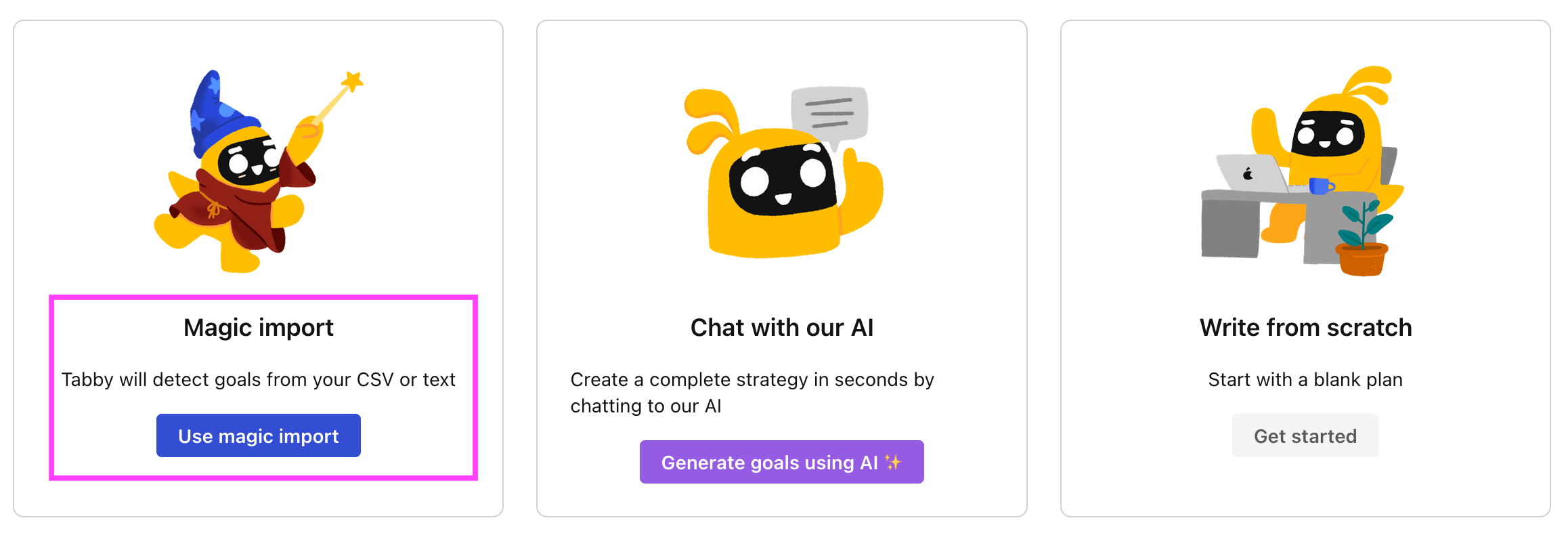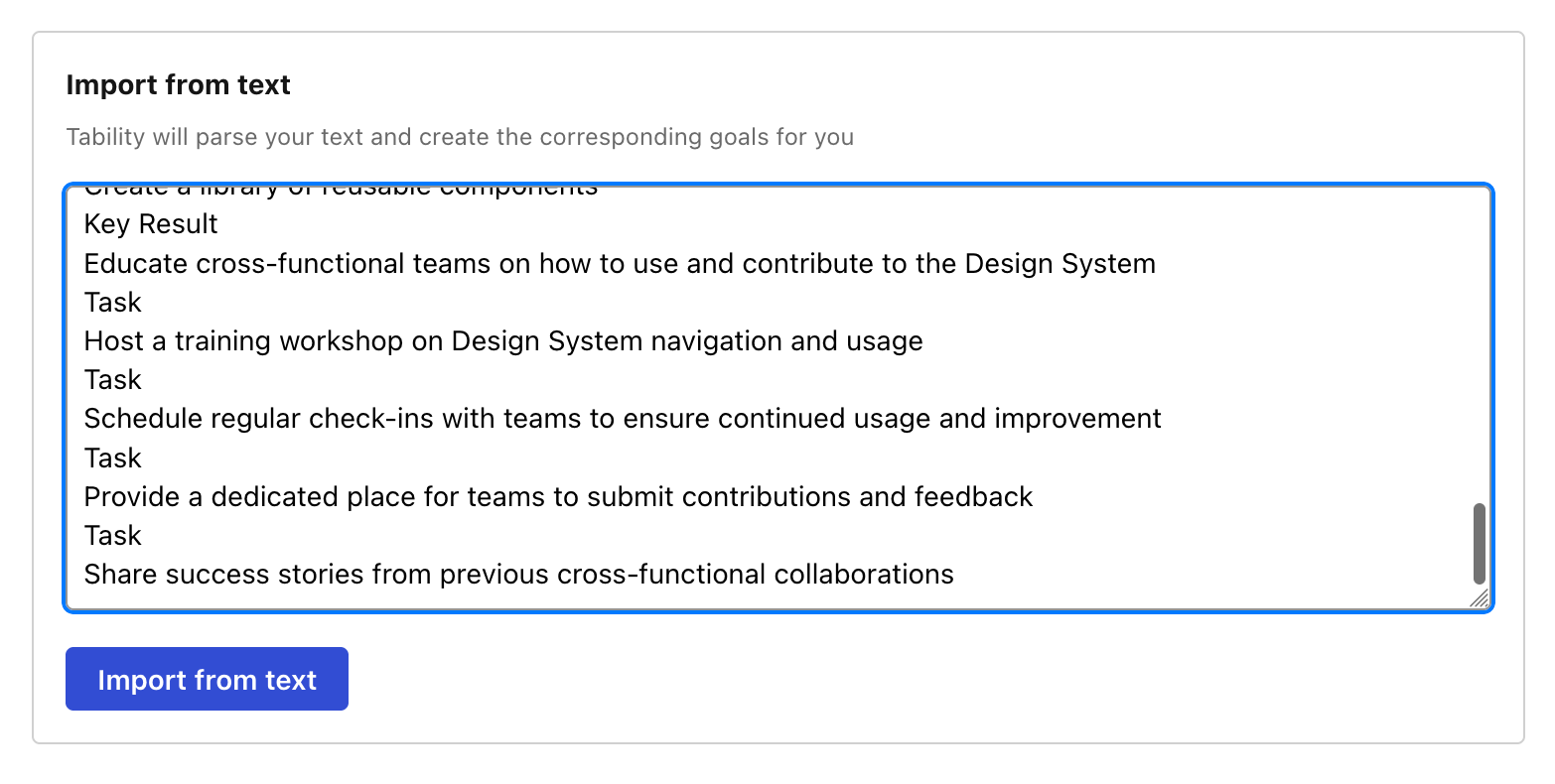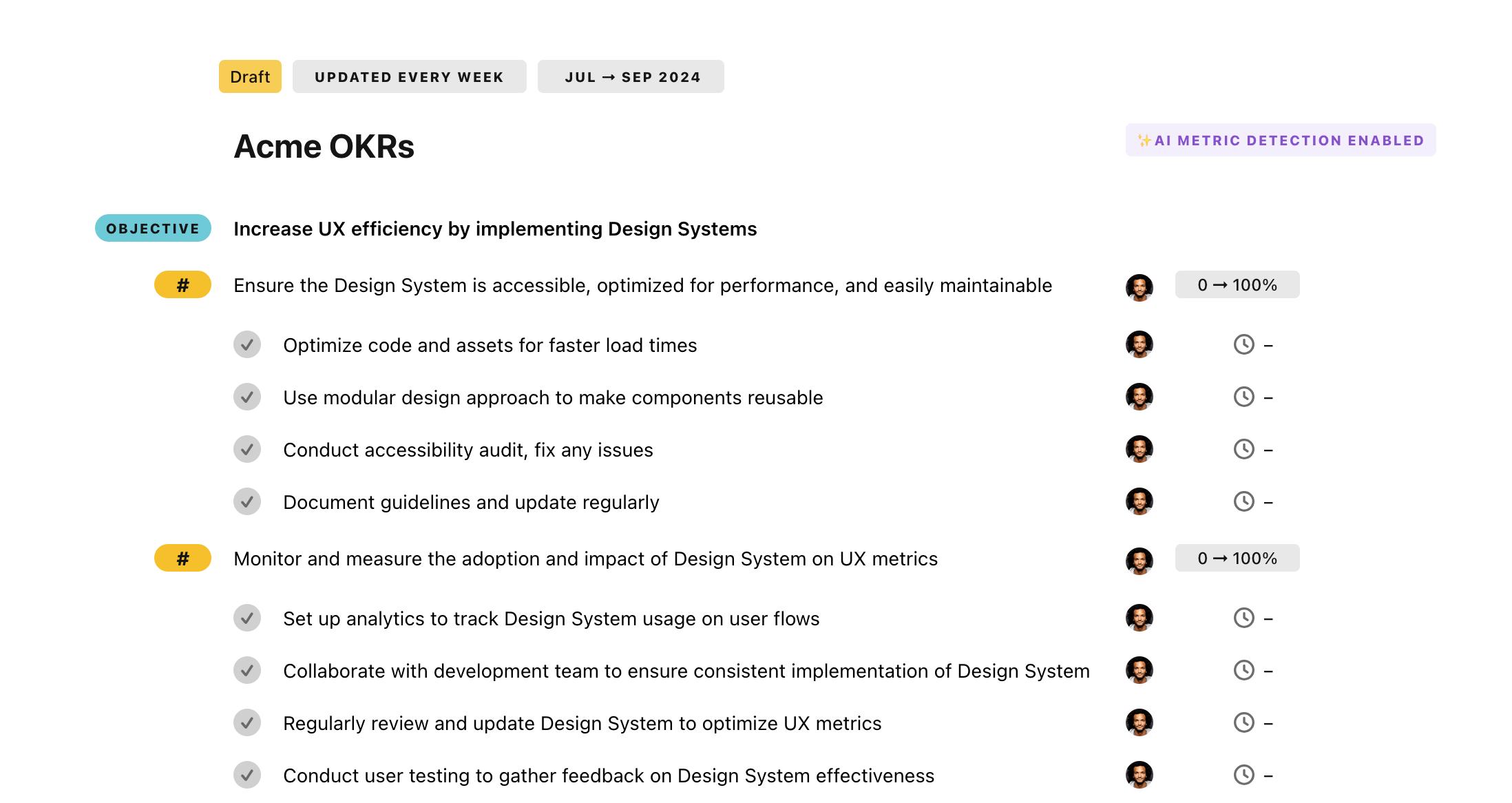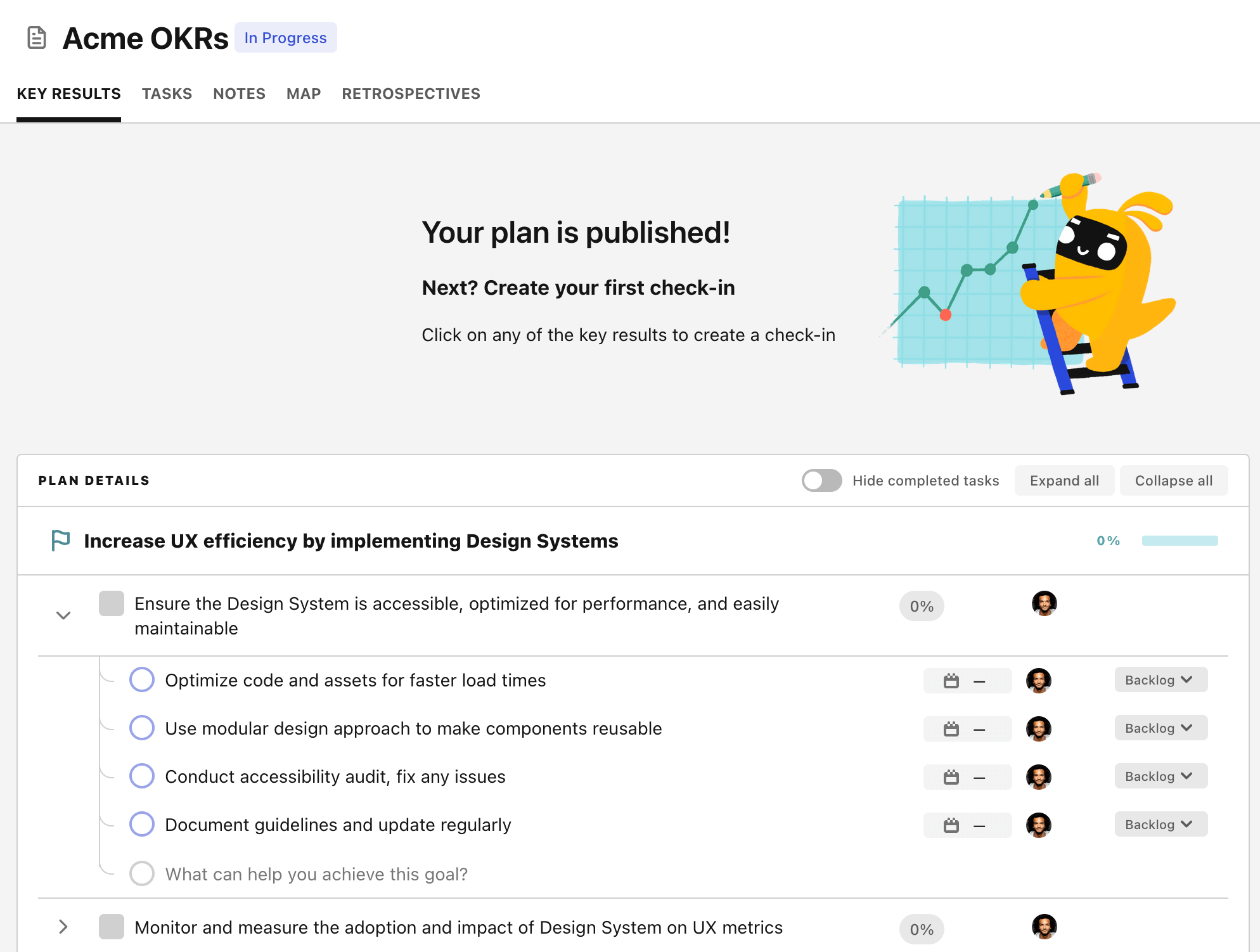OKR template to implement renewable energy solutions across all branches
Your OKR template
The first outcome aims to achieve 25% of the branches’ energy needs via renewable energy solutions. This will be addressed by installing solar panels or wind turbines, implementing an energy efficiency plan to minimize wastage, and analyzing the current energy usage to identify potential renewable displacements.
The second outcome aims to partner with a renewable energy provider, with the goal to sign an agreement by the end of the quarter. Detailed actions include researching potential providers, initiating contract negotiations, and evaluating the providers based on cost and sustainability.
Finally, the third outcome focuses on reducing fuel costs by 20% through the use of renewable energy. This plan entails implementing onsite power production using solar panels or wind turbines, upgrading machinery and equipment for energy efficiency, and training staff on energy reduction practices.
ObjectiveImplement renewable energy solutions across all branches
KRAchieve 25% of branch energy needs through renewable solutions
Install solar panels or wind turbines for energy production
Implement an energy efficiency plan to reduce wastage
Analyze current energy consumption and identify potential renewable replacements
KRIdentify and sign agreement with renewable energy provider by end of quarter
Research potential renewable energy providers
Initiate contract negotiations and sign agreement
Evaluate providers based on cost and sustainability
KRReduce fuel costs by 20% through usage of renewable energy
Implement solar panels or wind turbines for onsite power production
Upgrade machinery and equipment to energy-efficient models
Train staff on energy consumption reduction practices
How to edit and track OKRs with Tability
You'll probably want to edit the examples in this post, and Tability is the perfect tool for it.
Tability is an AI-powered platform that helps teams set better goals, monitor execution, and get help to achieve their objectives faster.
With Tability you can:
- Use AI to draft a complete set of OKRs in seconds
- Connect your OKRs and team goals to your project
- Automate reporting with integrations and built-in dashboard
Instead of having to copy the content of the OKR examples in a doc or spreadsheet, you can use Tability’s magic importer to start using any of the examples in this page.
The import process can be done in seconds, allowing you to edit OKRs directly in a platform that knows how to manage and track goals.
Step 1. Sign up for a free Tability account
Go tohttps://tability.app/signup and create your account (it's free!)
Step 2. Create a plan
Follow the steps after your onboarding to create your first plan, you should get to a page that looks like the picture below.

Step 3. Use the magic importer
Click on Use magic import to open up the Magic Import modal.
Now, go back to the OKR examples, and click on Copy on the example that you’d like to use.

Paste the content in the text import section. Don’t worry about the formatting, Tability’s AI will be able to parse it!

Now, just click on Import from text and let the magic happen.

Once your example is in the plan editor, you will be able to:
- Edit the objectives, key results, and tasks
- Click on the target 0 → 100% to set better target
- Use the tips and the AI to refine your goals
Step 4. Publish your plan
Once you’re done editing, you can publish your plan to switch to the goal-tracking mode.

From there you will have access to all the features that will help you and your team save hours with OKR reporting.
- 10+ built-in dashboards to visualise progress on your goals
- Weekly reminders, data connectors, and smart notifications
- 9 views to map OKRs to strategic projects
- Strategy map to align teams at scale